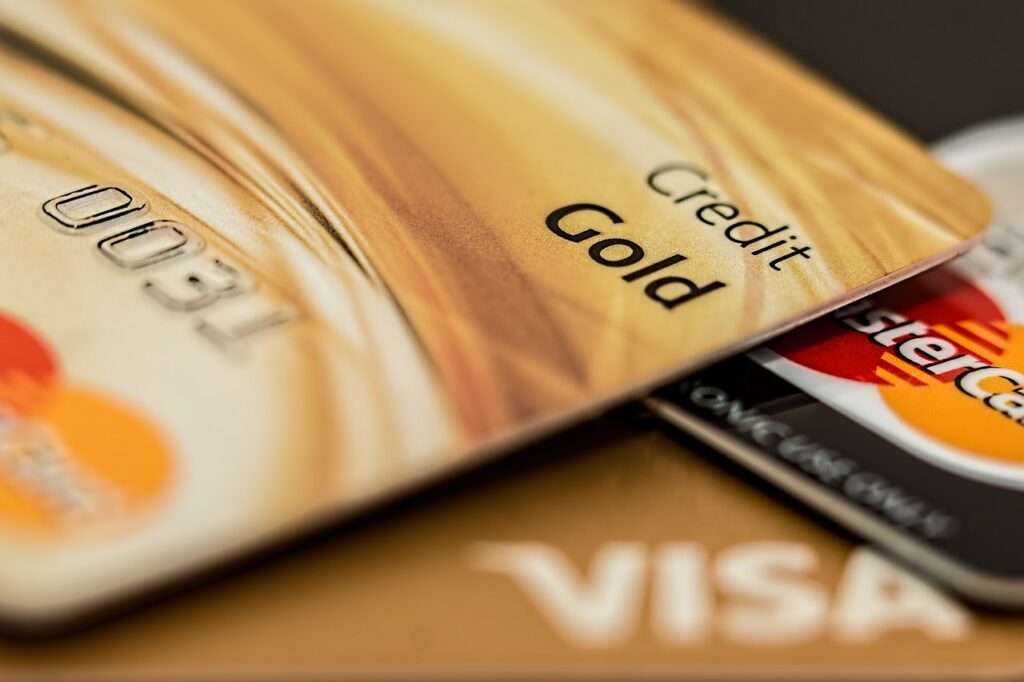Debt. It’s a four-letter word that carries a lot of weight (both literally and metaphorically). If you’ve ever juggled multiple loans, credit cards, and other obligations, you’re not alone. Many people find themselves overwhelmed by debt, with payments scattered across different due dates, interest rates, and lenders. Enter: debt consolidation. A financial strategy that can help you simplify your life and save some money along the way.
In this guide, we’ll break down everything you need to know about debt consolidation, from how it works to whether it’s the right choice for you.

What Is Debt Consolidation?
At its core, debt consolidation is the process of combining multiple debts into a single loan. Instead of managing several payments to different lenders, you’ll have just one payment to worry about. The goal? To secure a loan with more favorable terms, such as a lower interest rate, smaller monthly payments, or a fixed repayment timeline.
Types of Debt That Can Be Consolidated
Not all debts are created equal, but many can be consolidated. Here are some common examples:
- Credit card debt: High-interest credit card balances are prime candidates for consolidation.
- Personal loans: If you have multiple personal loans, combining them into one can simplify repayment.
- Medical bills: Consolidating medical debt can ease the burden of unpredictable healthcare expenses.
- Student loans: While federal and private student loans often require separate strategies, consolidating private student loans is an option.
Methods of Debt Consolidation
There’s no one-size-fits-all approach to debt consolidation. Here are a few popular methods:
1. Personal Loans
You can take out a personal loan specifically for debt consolidation. This loan pays off your existing debts, leaving you with a single loan to repay. Personal loans often come with fixed interest rates and set repayment terms, which can make budgeting easier.
2. Balance Transfer Credit Cards
Some credit cards offer a 0% introductory APR on balance transfers for a limited period (usually 12-18 months). By transferring your high-interest credit card balances to this card, you can save on interest—as long as you pay off the balance before the introductory period ends.
3. Home Equity Loans or HELOCs
If you own a home, you might be able to use your home equity to secure a loan or line of credit for debt consolidation. These options often have lower interest rates, but they’re risky because your home is used as collateral.
4. Debt Consolidation Loans
Some lenders specialize in debt consolidation loans. These loans are designed to combine multiple debts into one, with the potential for lower interest rates and more manageable payments.
5. Student Loan Consolidation
For federal student loans, you can consolidate them into a Direct Consolidation Loan through the U.S. Department of Education. While this simplifies payments, it won’t necessarily lower your interest rate. Private student loans require separate consolidation through private lenders.
Pros of Debt Consolidation
Debt consolidation can offer several benefits, including:
- Simplified Finances: Managing one payment instead of several can reduce stress and make budgeting easier.
- Lower Interest Rates: If you qualify for a lower interest rate, you’ll save money over the life of the loan.
- Fixed Repayment Schedule: Many consolidation loans come with a fixed repayment term, so you’ll know exactly when you’ll be debt-free.
- Improved Credit Score: By paying off multiple debts, you may improve your credit utilization ratio and overall credit score over time.
Cons of Debt Consolidation
While debt consolidation has its perks, it’s not without potential downsides:
- Upfront Costs: Some loans and balance transfer cards come with fees, such as origination fees or balance transfer fees.
- Risk of Collateral: If you use a secured loan, like a home equity loan, you risk losing your collateral if you can’t repay.
- Temptation to Overspend: Consolidating debt can free up your credit cards, but if you’re not disciplined, you might end up accumulating more debt.
- Doesn’t Address Root Causes: Debt consolidation simplifies repayment, but it doesn’t solve underlying financial habits or behaviors.
Is Debt Consolidation Right for You?
Debt consolidation isn’t for everyone. Here are some factors to consider:
- Your Credit Score: A good credit score can help you qualify for lower interest rates. If your credit isn’t great, you may not get favorable terms.
- Your Debt-to-Income Ratio: Lenders will evaluate your ability to repay based on your income and existing debt.
- Your Spending Habits: If you’re likely to rack up new debt, consolidation might not be the best solution.
- Your Financial Goals: Consider whether debt consolidation aligns with your long-term financial objectives.
How to Get Started
If you’ve decided debt consolidation might be right for you, here’s how to get started:
- Assess Your Debt: Make a list of all your debts, including balances, interest rates, and monthly payments.
- Research Options: Compare consolidation methods to find the one that best suits your needs.
- Check Your Credit: A good credit score can help you secure better terms, so check your score and address any issues.
- Apply for a Loan or Card: Once you’ve chosen a method, apply for the loan or balance transfer card that fits your strategy.
- Stick to Your Plan: Consolidation only works if you commit to paying off your new loan and avoid accumulating additional debt.
Final Thoughts
Debt consolidation can be a powerful tool for managing and reducing debt, but it’s not a magic fix. By understanding your options, evaluating your financial situation, and making a solid plan, you can take control of your debt and work toward a brighter financial future. Remember, the journey to financial freedom is a marathon, not a sprint—but with the right tools, you’re well on your way!



